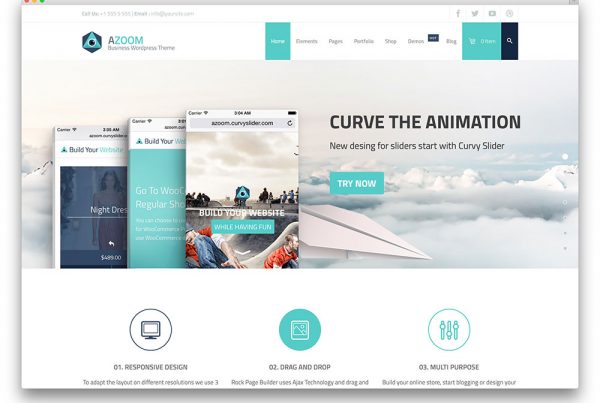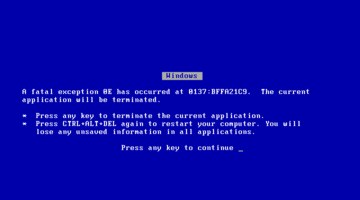A internal inbound link points to a subpage within a website, thus transferring the power of the link (the so-called "Juice Link") to the subpage. At the same time, internal links also go to PageRank (also called page rank flow). A page gets this link power from external inbound links. It is the home page that has the most link power in most cases, which makes it the strongest page of a domain.
Internal linking
The internal relationship is fundamentally important for the positioning of Longtail keywords, for which the respective subpages are optimized. Search engines go through internal links to identify the structure of a website and then they use this information to orient themselves. The internal link can be compared to the layout of a city map. The crawler follows each link as if it were a new street in order to finish deciphering the complete map. Using additional internal links, web operators can create virtual "abbreviations" for both bot and visitors.
An empirical norm for the internal relationship: The higher (stronger) the number of internal links pointing to a subpage, the higher the rank of your keywords. However, it is essential to note that a strict internal link alone is not a ranking criterion for Google or other search engines. What is more decisive is that the web portal has a sufficient number of strong external and inbound links.
There are simply two types of internal links. One of them is structured navigation that transports the link hierarchically from top to bottom. The other is the horizontal relationship between thematically relevant links.
However, in the case of internal links, it must be ensured that the number of internal links do not exceed a certain limit. It is often said that each subpage of a website should not have more than 100 internal links. However, this limit is relative and depends on the strength of the page pointing to the subpage, that is, the quality and strength of your backlinks.
Advantages for the user
Incoming internal links not only control link juice, but also help the user to discover the deeper levels of a web. They guide users to useful and additional information. In this way, webmasters have the opportunity to use internal links to direct users to other content or products in an online store.
Importance for SEO
Internal links help to control the positioning of the respective keywords. Here, they also depend on the use of the corresponding Anchor Tag. Thus, it is advisable to use the same keyword on the same landing page in order to specifically use the juice link to push the subpage up.
It is recommended to follow the rule of one keyword (or combination of keywords) per page. However, in some cases, such as less competitive keywords, a subpage can also be ranked highly for several 'top keywords'. The metadata nofollow & noindex, noindex & follow can also be used to prevent bots from crawling some of the internal links or to not index certain content.
If a page does not have any inbound links, it is called an orphan page. It is advisable to edit these pages for the sake of the link and for a good architecture of the page.






